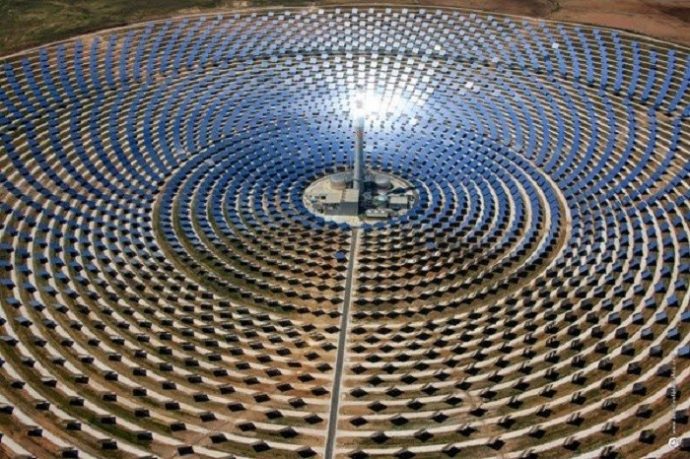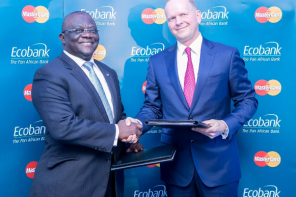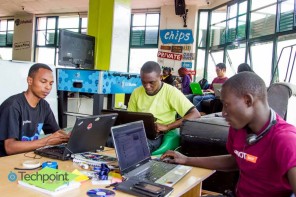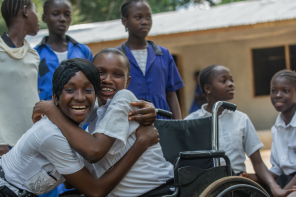Although Africa is richly endowed with fossil-based and renewable energy sources, Sub-Saharan Africa, has the lowest energy access rates in the world, with only about half of its population having access to electricity (IEA Report 2018). Nonetheless, Africa possesses a unique opportunity to address this issue by pursuing sustainable energy development as a basis for long-term solution to the energy scarcity problem. Countries like Morocco, South Africa, Egypt, Ethiopia and Kenya are spearheading this course. Morocco is currently competing to be a global renewable energy leader in the near future.
Morocco’s steady growth in renewable energy
Over a decade ago a substantial amount of Morocco’s electricity supply was provided by coal. Morocco lacked easily recoverable hydrocarbons and it relied on outside energy sources for 90% of its energy resources to fuel power plants. In 2017, Morocco spent MAD 69 billion on imported energy. Morocco’s main energy consumers include the transport sector at 38%, the construction sector at 33%, and the industrial sector at 21%. The overall consumption of primary energy amounted to 20.8 million tons in 2017, including 56% oil and 26% coal. The energy demand continuous to rise over the last decade at an annual rate of 4% according to Aziz Rabbah, Minister of Energy, Mining, and Sustainable Development. Researchers predict the energy requirements in the North African country will steadily rise until 2050. The soaring energy demands led to the introduction of a law encouraging new ways of diversifying energy supply in the country, including renewable resources. Morocco has set a target for 42% of its total power to be generated by renewable energy sources by 2020 and 52% by 2030, respectively.
Find out more about Smart Africa
In order to make this dream a reality, the government of Morocco is currently collaborating with actors from the energy sector to design a sustainable energy strategy including programs and reforms. So far, solar Energy is leading the country’s renewable energy sector. The Moroccan Agency for Sustainable Energy formerly known as the Moroccan Solar Agency, which was established back in 2010, runs Morocco’s massive solar energy projects. A few years after the creation of the solar agency, the first major solar energy project known as the 160MW Noor 1 CSP solar plant was initiated, under the supervision of a consortium led by Acwa Power, a Saudi power plant developer. Prior to this project, a contract initiating the establishment of the first photovoltaic (PV) solar plant – the 170MW Noor PV 1 was initiated. The Noor PV 1 programme brought about three PV solar installations at Ouarzazate, Noor Laayoune and Noor Boujdour. Acwa Power further asserted itself in Morocco’s growing solar economy when it was appointed for the country’s first PV scheme, to develop the 200MW Noor 2 and 150MW Noor 3 CSP plants estimated at a cost of about $2 billion. This project drew global attention to Morocco’s ambitious clean tech goals within the solar market.
Discover the role inclusive technology plays in reshaping the African dream
Besides solar energy, Morocco is also working towards Wind generated energy. In July 2018, the Saudi Arabian company, Acwa Power, opened the 120MW Khallidi wind farm in Tangier. Beside that, an Italian company known as Enel Green partnered with Siemens and the local Nareva Holding to set up the current largest 850MW wind programme in the country. Five other wind projects worth approximately $1.1billion are due to kick off by the end of 2020 under the supervision of the Acwa Power consortium.
According to Minister Rabbah, Morocco generated 35% of its electricity output from renewable energy sources by the end of 2018 with an installed capacity of about 3,000 megawatts. Speaking at a conference in commemoration of the Moroccan 2018 Global Energy Day, Minister Rabbah reiterated, “We consume but we don’t participate; we don’t create enough. We may not end our dependence given the context of the world we live in, but we have to reduce our dependence level and count on our own ability to mobilize our own resources. We need to fully participate in the rapidly changing world of energy and new technologies. We must launch an African industrial revolution.“
If Sub-Saharan Africa starts to unlock its vast renewable energy resources, almost half of the growth in electricity generation will come from renewables by 2040, increasing access to steady electricity to 950 million people. Three major steps in the energy sector that could boost the sub-Saharan economy by 30% in 2040, if supported by more general governance reforms. This includes: additional investment in the power sector worth $450 billion, reducing power outages by half and achieving universal electricity access in urban areas. A deeper regional co-operation and integration, facilitating new large-scale generation and transmission projects and enabling a further expansion in cross-border trade. Last but not the least, better management of resources and revenues, adopting robust and transparent processes that allow for more effective use of oil and gas revenue (IEA Report 2014).





